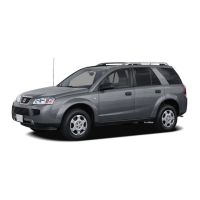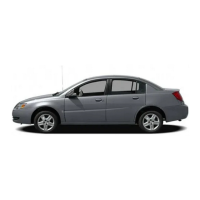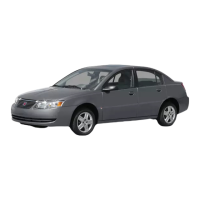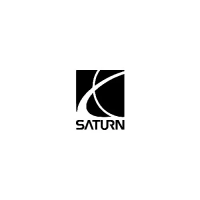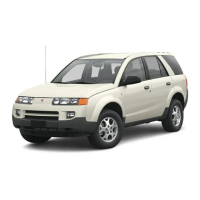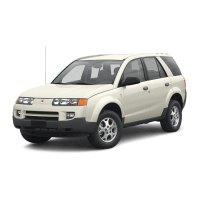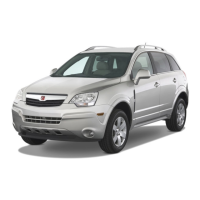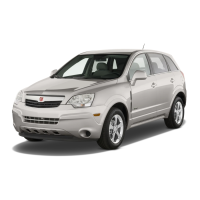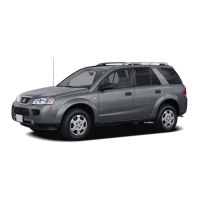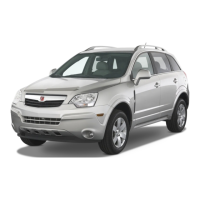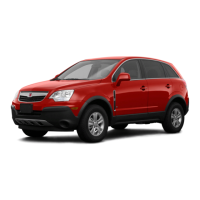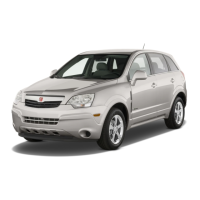Turn Signal/Multifunction Lever
The lever on the left side of the steering column
includes the following:
• GTurn and Lane-Change Signals. See Turn
and Lane-Change Signals on page 3-7.
• OExterior Lamp Control. See Headlamps
on page 3-13.
• 2Headlamp High/Low-Beam Changer. See
Headlamp High/Low-Beam Changer on page 3-8.
• Flash-to-Pass Feature. See Flash-to-Pass
on page 3-8.
• AUTO Automatic Headlamps. See Automatic
Headlamp System on page 3-15.
Turn and Lane-Change Signals
The turn signal has one upward (for right) and
one downward (for left) positions. These positions
allow you to signal a turn or a lane change.
To signal a turn, move the lever all the way up
or down. When the turn is finished, the lever will
return automatically.
An arrow on the instrument
panel cluster will flash in
the direction of the
turn or lane change.
To signal a lane change, raise or lower the lever until
the arrow starts to flash. Hold it there until you complete
the lane change. The lever will return by itself when
you release it.
As you signal a turn or a lane change, if the arrows
flash rapidly, a signal bulb may be burned out and other
drivers won’t see your turn signal.
If a bulb is burned out, replace it to help avoid an
accident. If the arrows do not go on at all when you
signal a turn, check the fuse, see Fuses and Circuit
Breakers on page 5-94 and for burned-out bulbs.
3-7
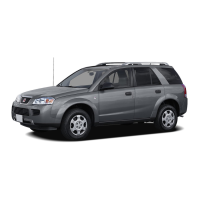
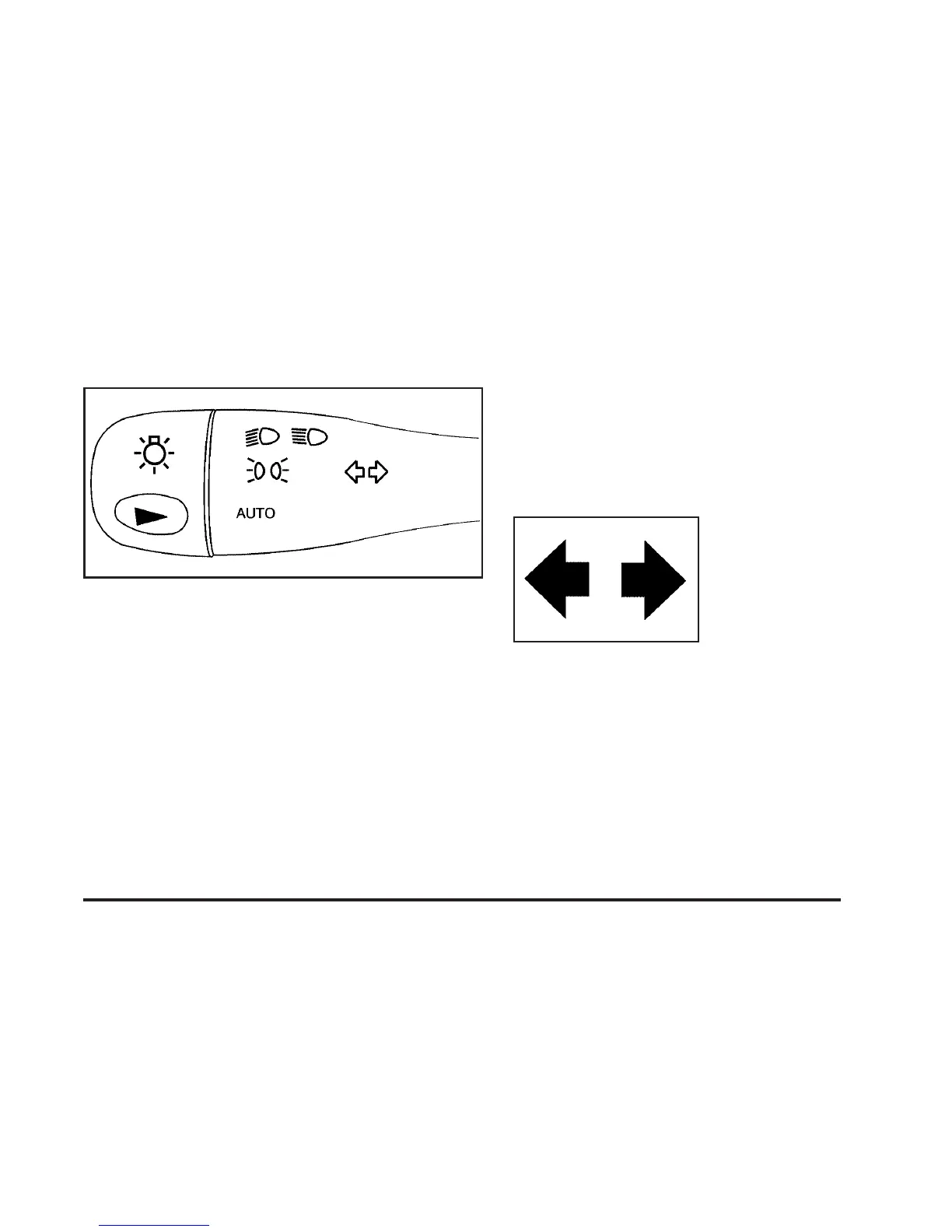